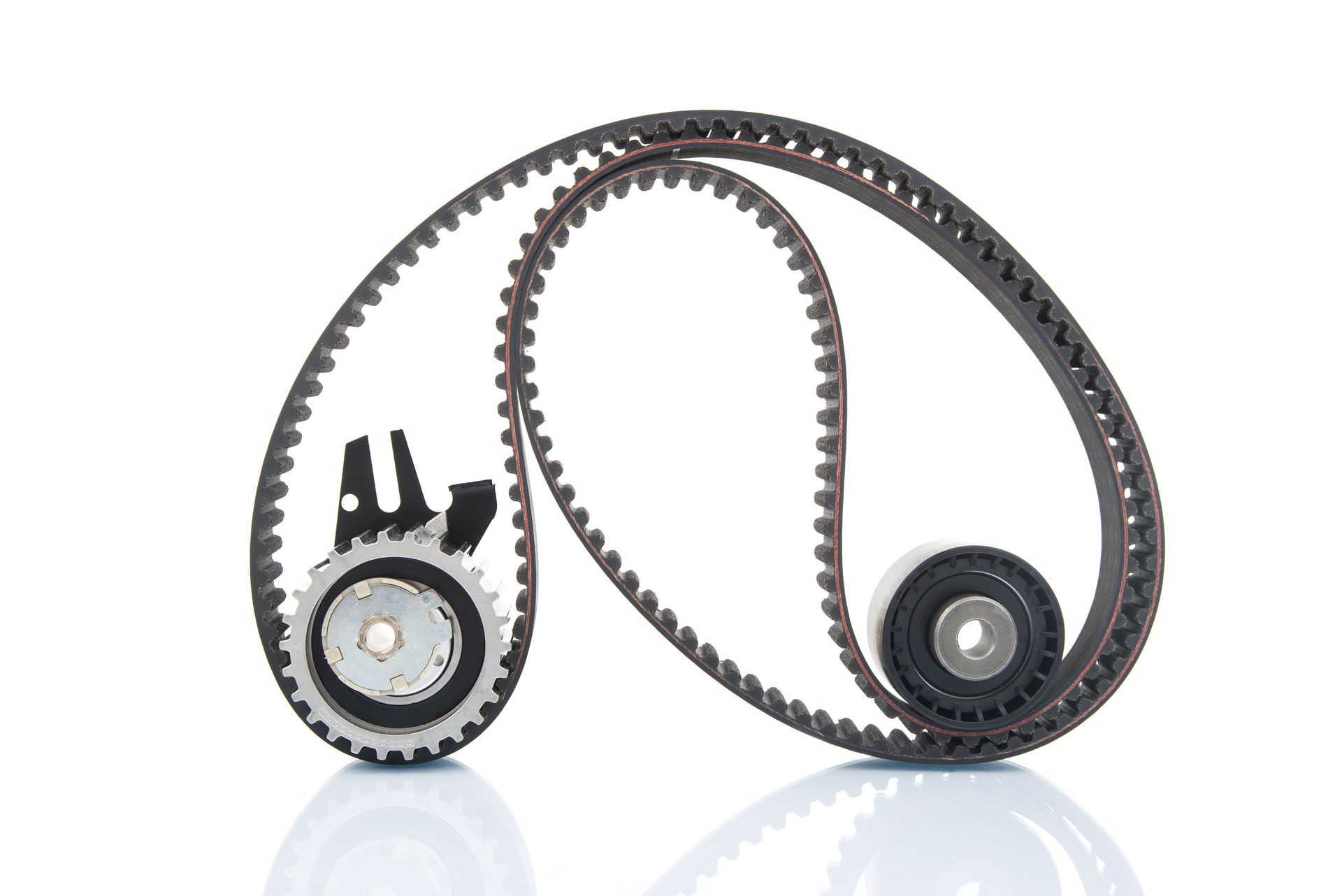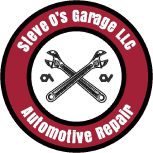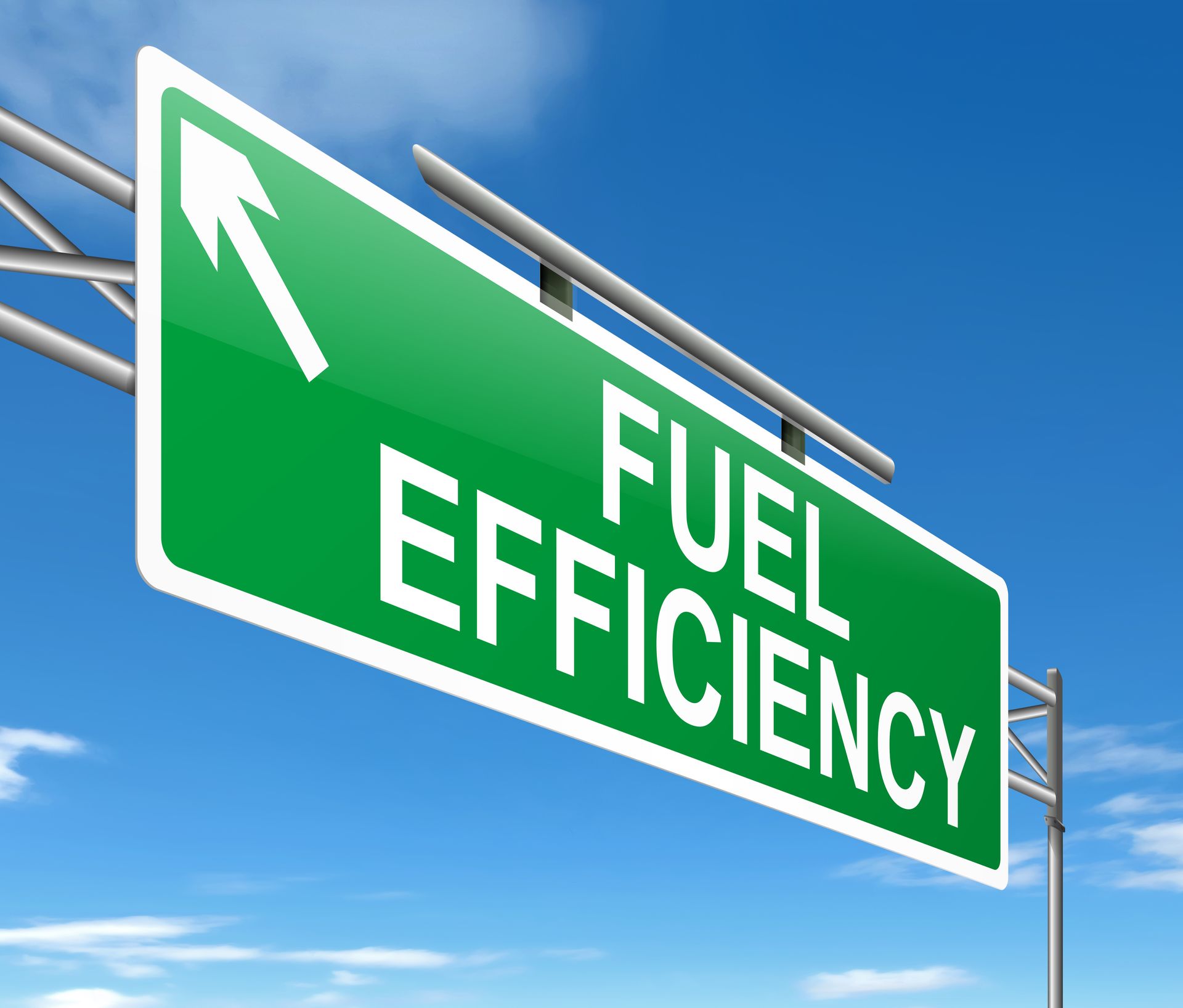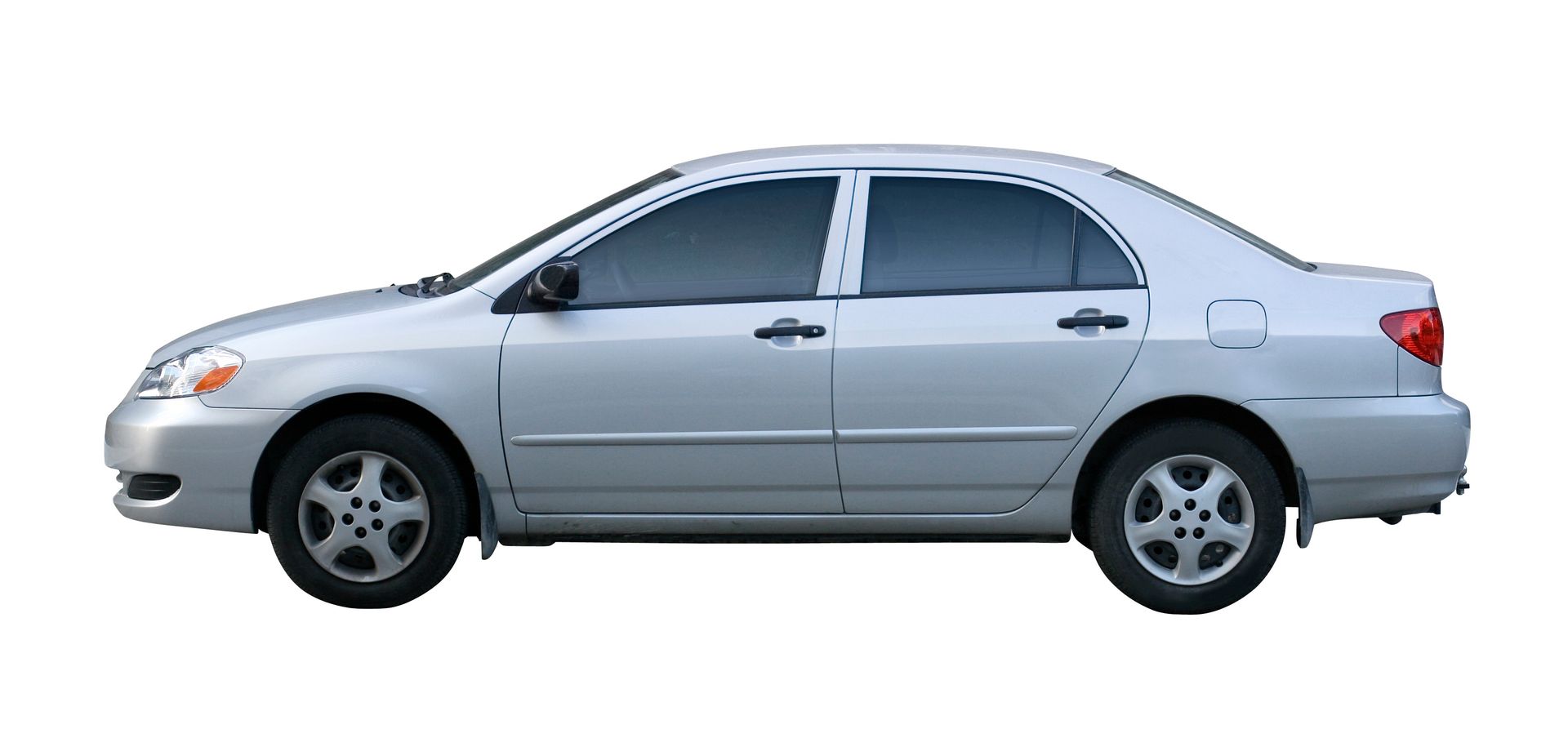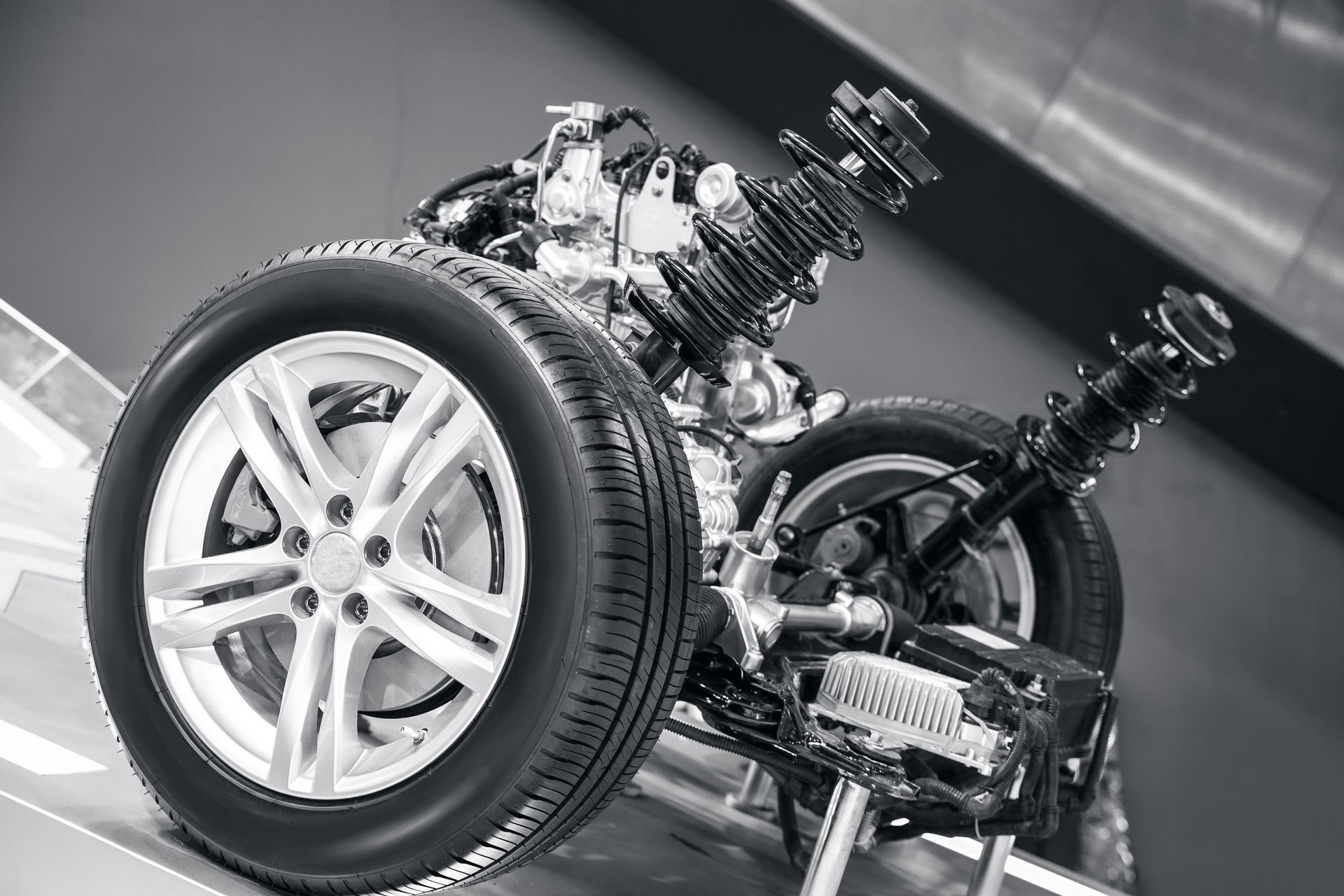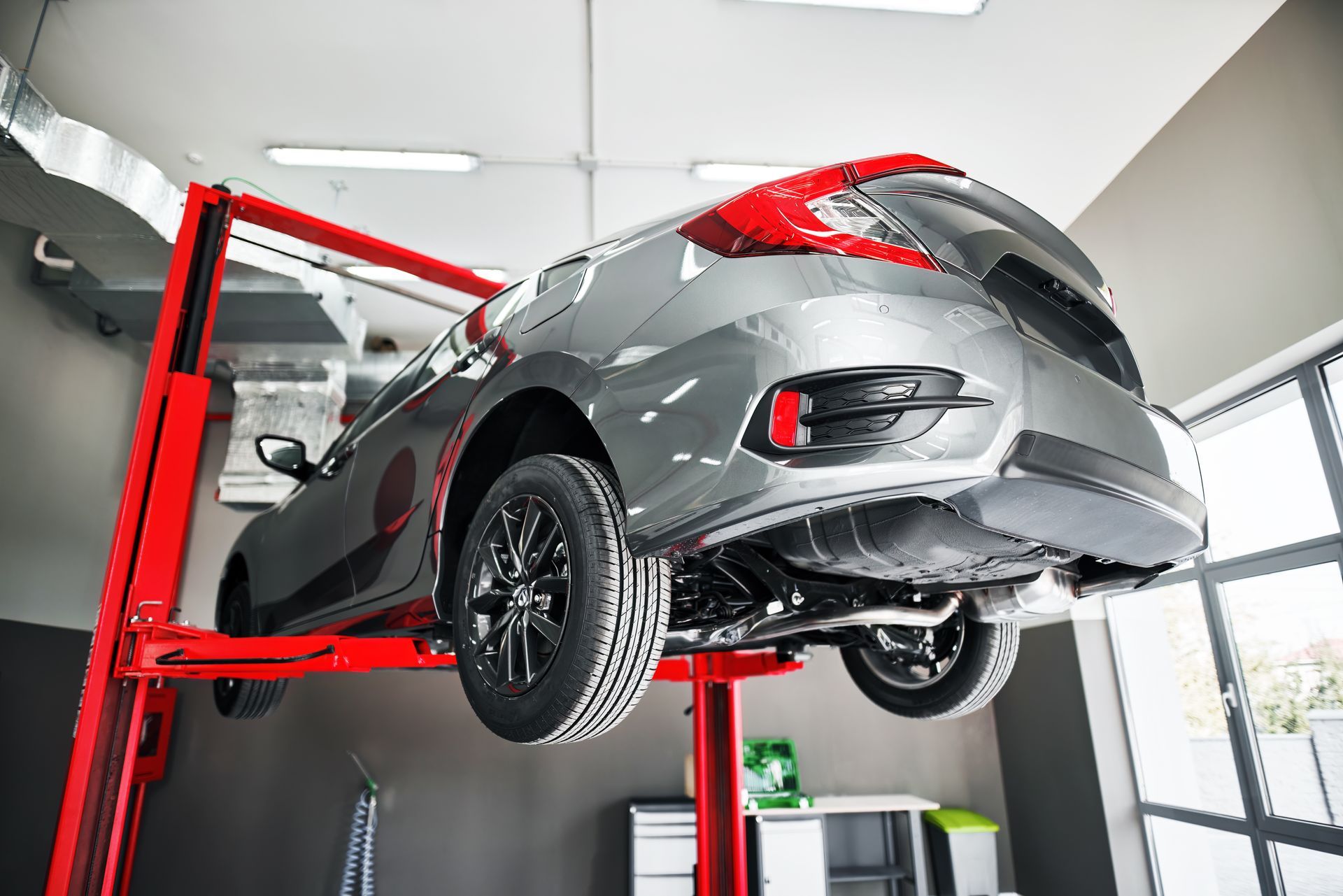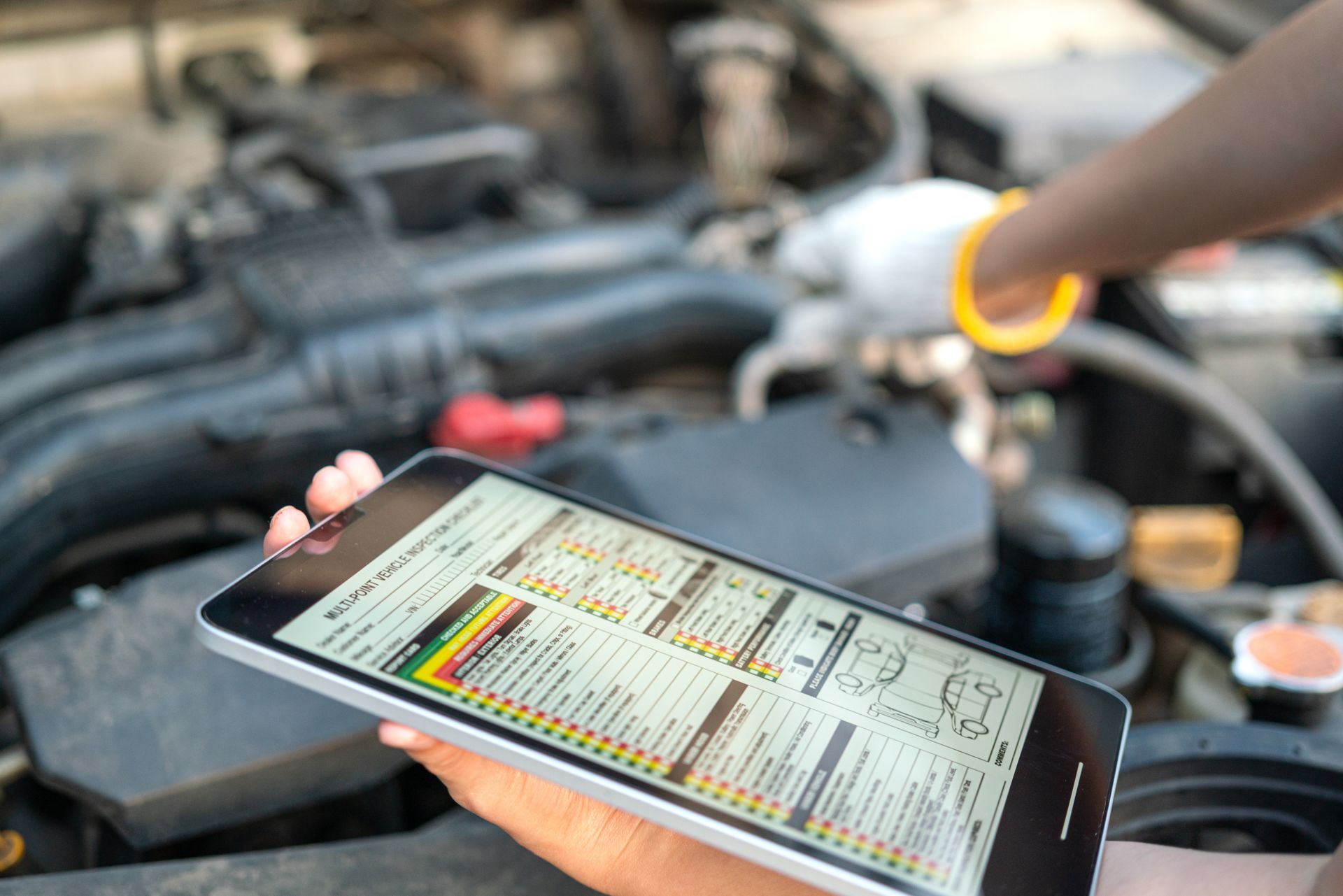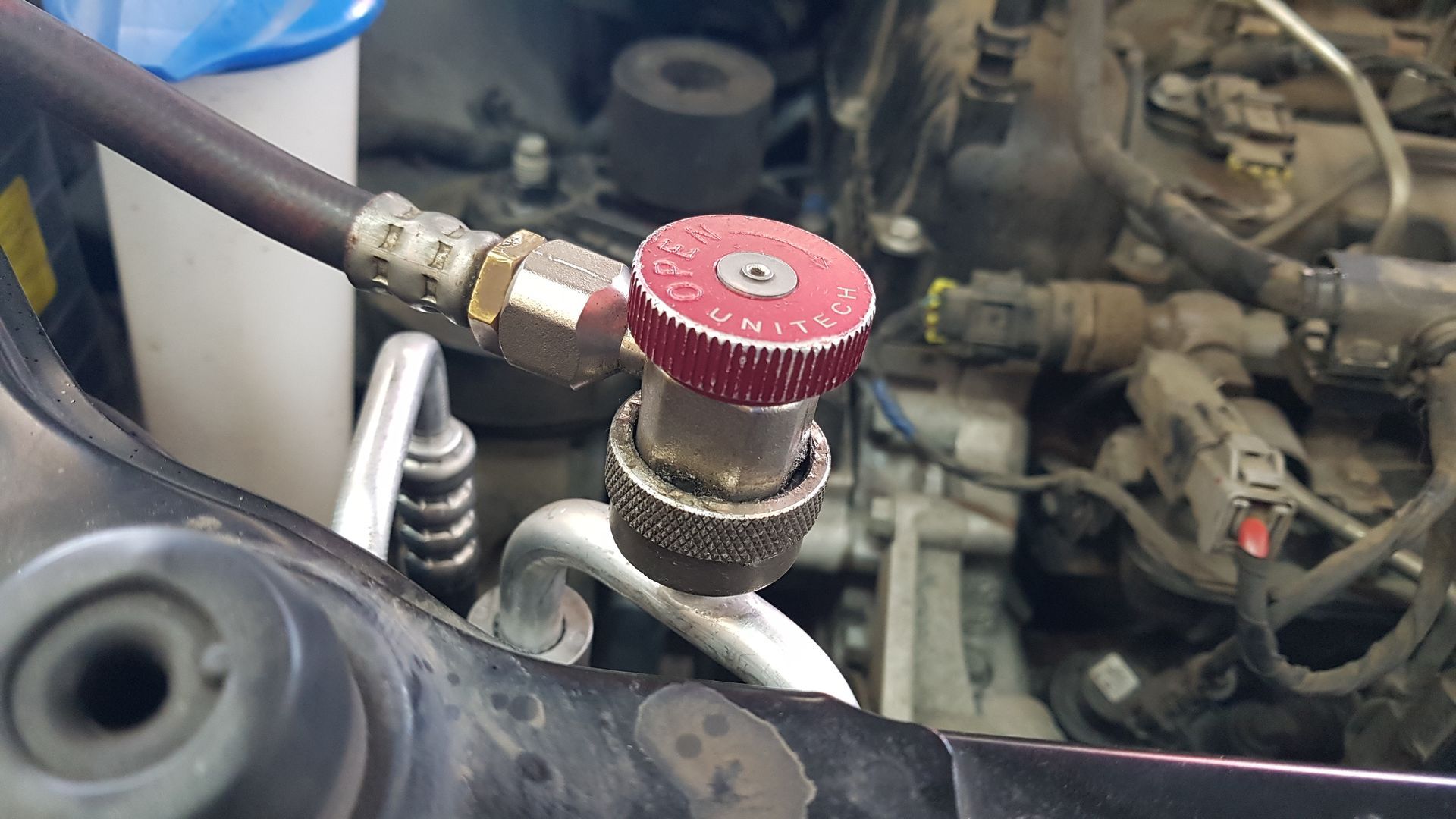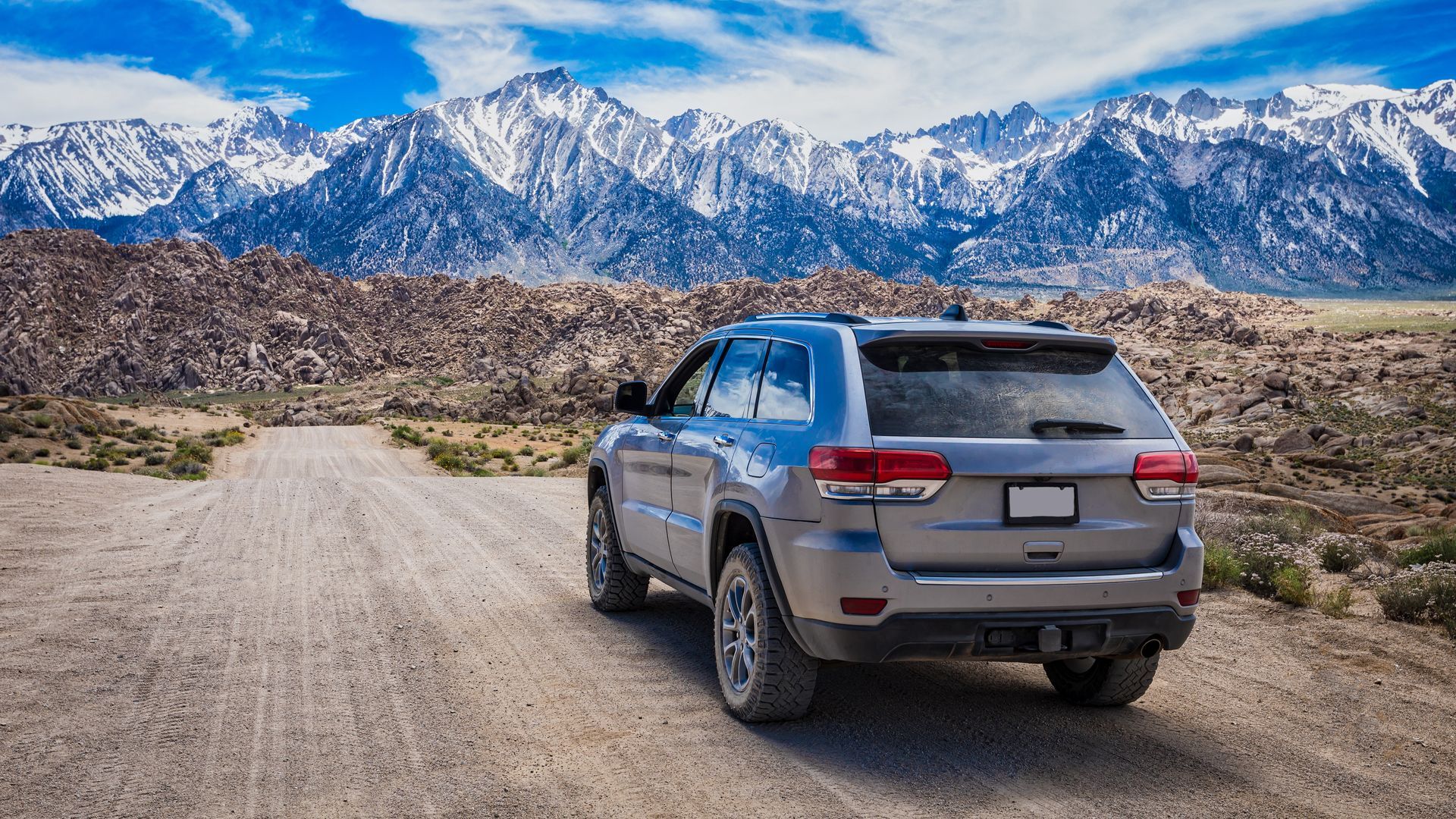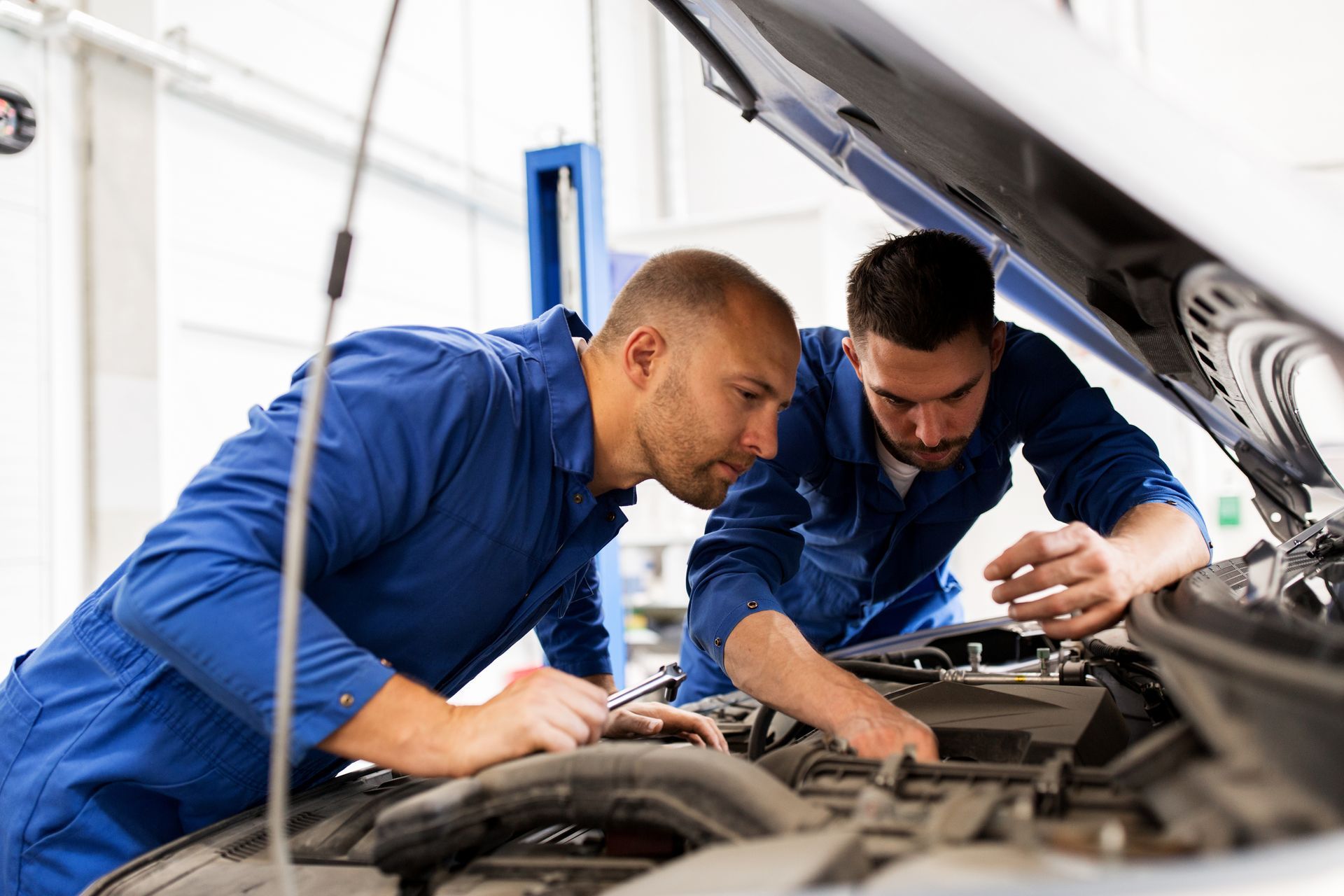High horsepower sports cars, or reliable urban companions - cars are truly amazing. But what about the one thing that drives them? Let's dive deep into the heart of your vehicle—the engine. At its core lies a fundamental element that dictates its power and performance: the engine cylinder count.
Engine Cylinder Count Explained
This count refers to the total number of cylinders housed within the intricate machinery of an internal combustion engine. It's where the magic truly happens – where fuel and air intertwine, ignite, and unleash the force that propels your vehicle forward.
Here's the fascinating part: the engine cylinder count isn't just a mere number. It's the key to unlocking the potential of your ride. Think of it as having a team of chefs in the kitchen; the more you have, the greater the culinary masterpiece they can whip up. Similarly, the more cylinders your engine boasts, the more power it can potentially produce.
Exploring Different Configurations
Now, let's delve into the captivating world of engine configurations. It's not merely about the quantity of cylinders; it's also about their arrangement – engineering ingenuity. Here's a glimpse into some of the most common configurations:
Inline Engines
A regiment of cylinders standing tall in a tidy row, neatly and efficiently. These are inline engines, prized for their simplicity, compactness, and efficiency. They're the perfect fit for smaller vehicles where space is a precious commodity, yet they don't compromise on performance.
V Engines
These powerhouses are renowned for their robust performance and fuel efficiency, making them a preferred choice for everything from sleek sports cars to rugged trucks. Their design optimizes power delivery while maintaining a relatively compact footprint, making them versatile performers on the road.
Boxer Engines
Ever heard of an engine lying flat, akin to a boxer poised for battle? That's precisely what a boxer engine embodies. With cylinders positioned horizontally on either side of the crankshaft, they offer a lower center of gravity and superior balance. This unique configuration results in a smoother operation and a distinctive engine note, captivating the hearts of performance enthusiasts around the globe.
Rotary Engines
Brace yourself for a journey into the realm of the unconventional – rotary engines, also known as Wankel engines. Unlike their traditional counterparts, these engines eschew the concept of cylinders altogether. Instead, they feature a triangular rotor that spins within a chamber, generating power through its eccentric motion. Compact, lightweight, and endowed with a potent punch, rotary engines have carved out a niche for themselves in the realm of racing, where every ounce of power counts.
Choosing the Right Configuration
With so many options to choose from, how do you know which engine configuration is right for you? Well, it all boils down to your priorities. Are you after raw power? Fuel efficiency? Compactness? Each configuration has its pros and cons, so it's essential to weigh them carefully before making a decision. Whether you're a speed demon tearing up the track or a practical commuter navigating the urban jungle, there's a configuration out there that's perfect for you.
Whether a four or big eight-cylinder engine, everyone is welcome at Steveo's Garage LLC! Call us, schedule an appointment, and we will be more than glad to help!
